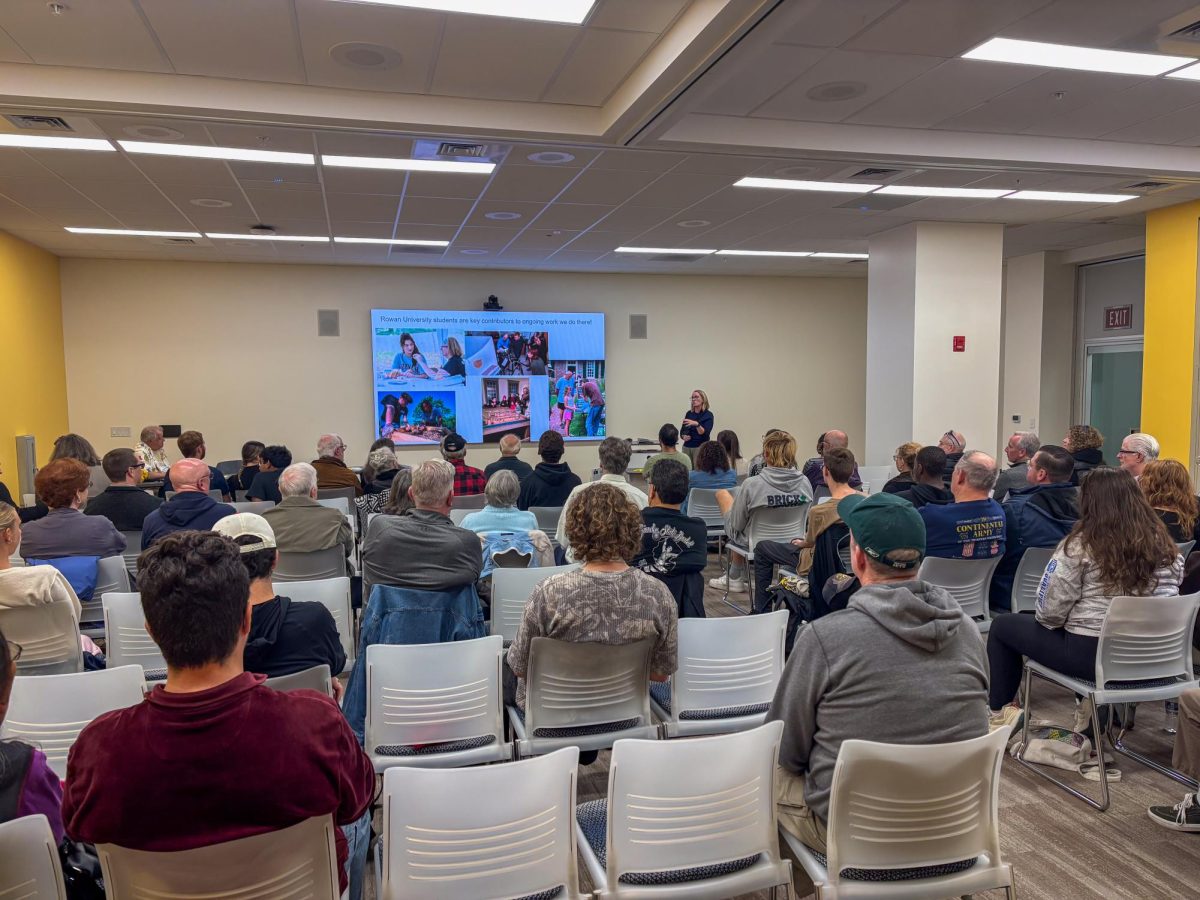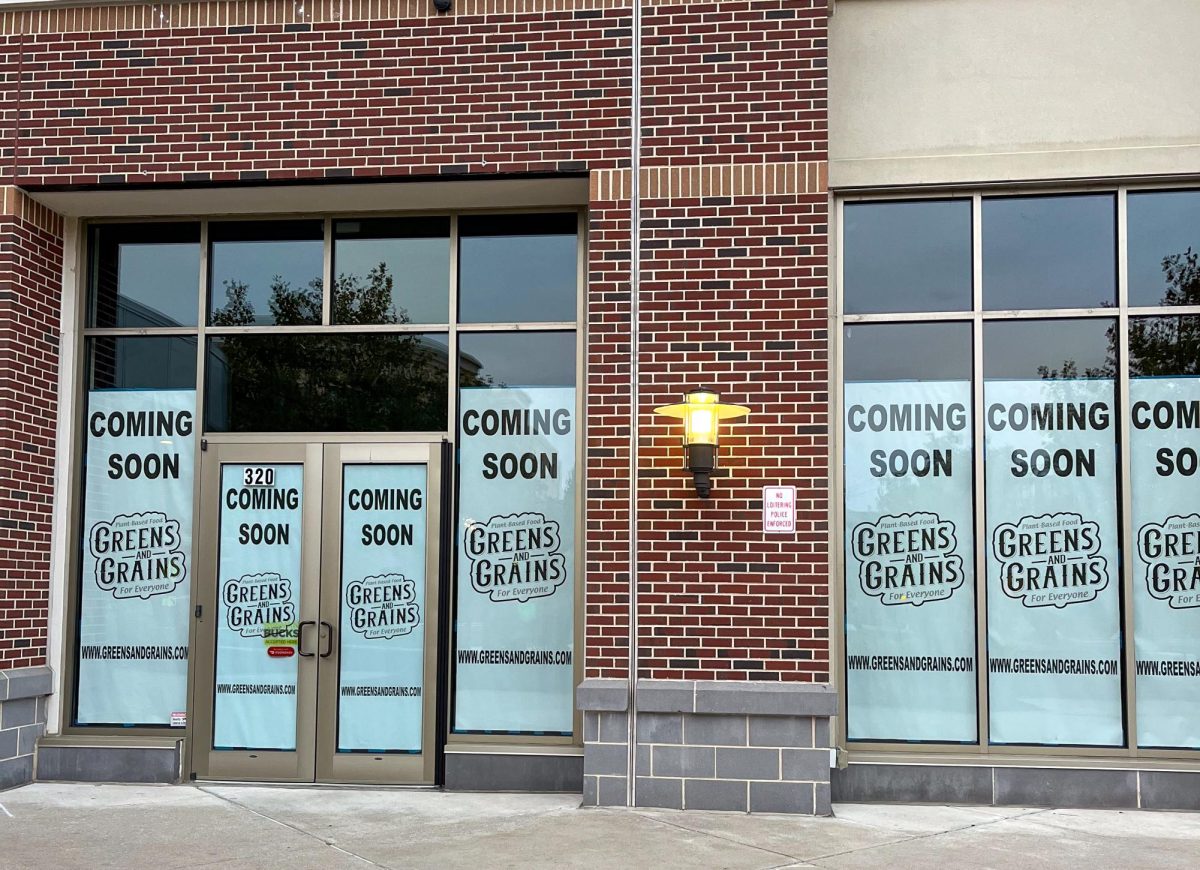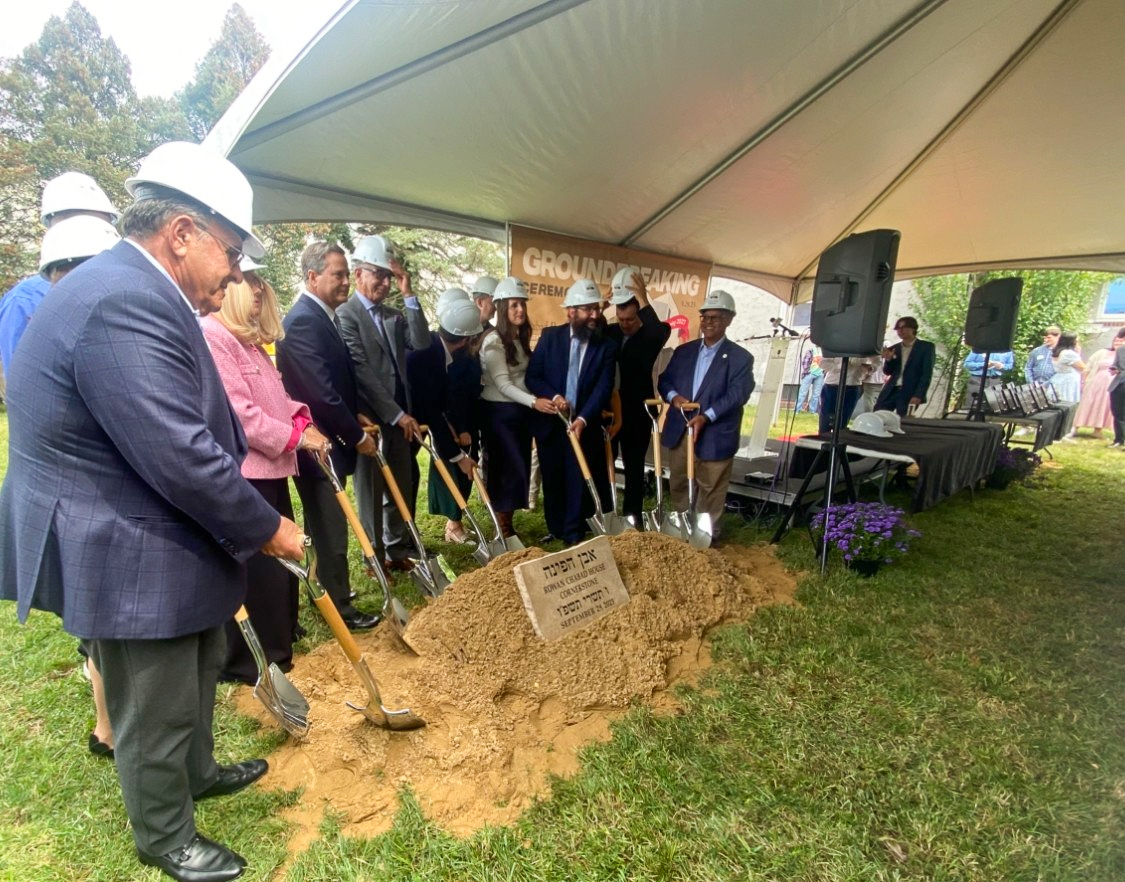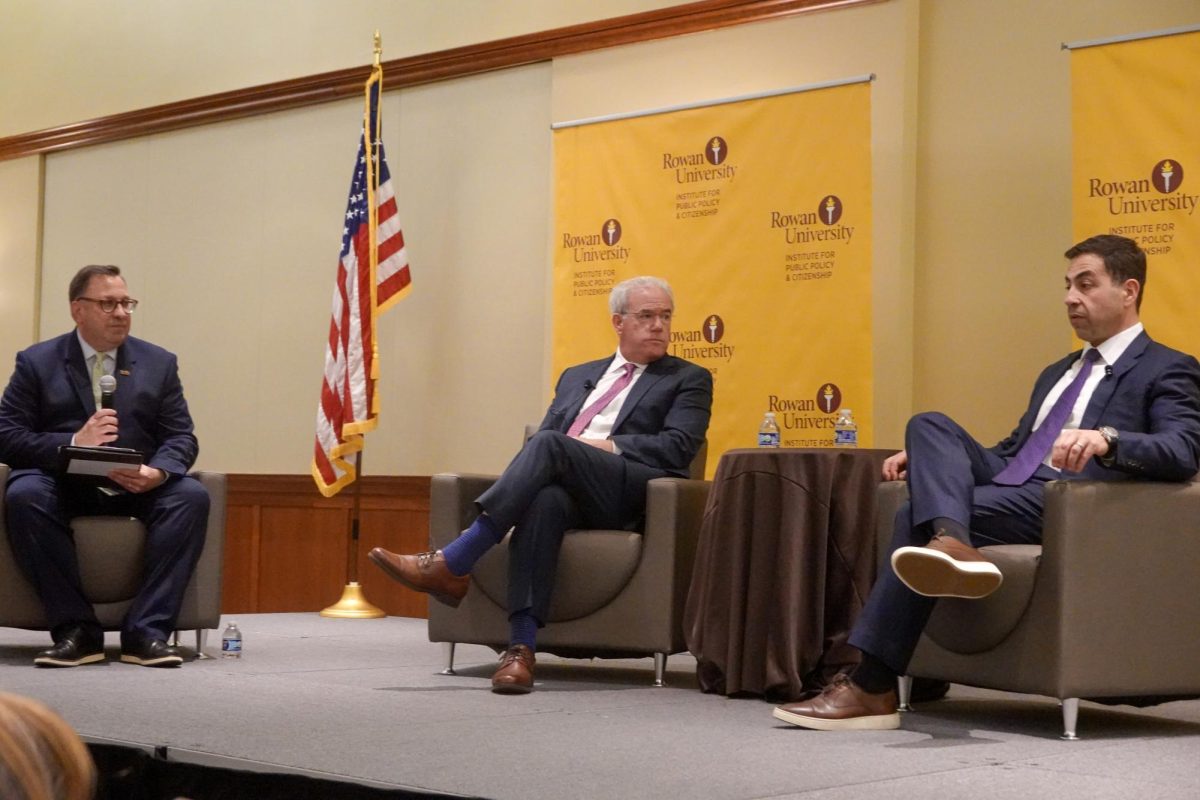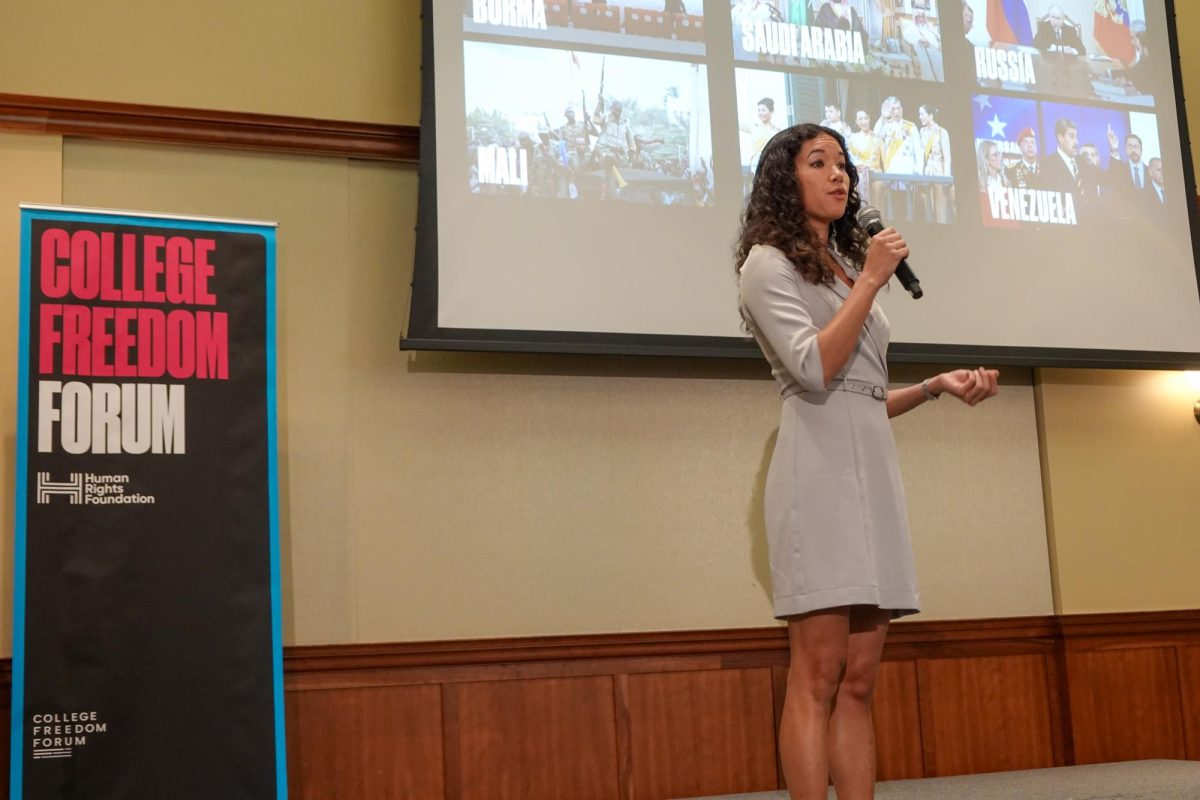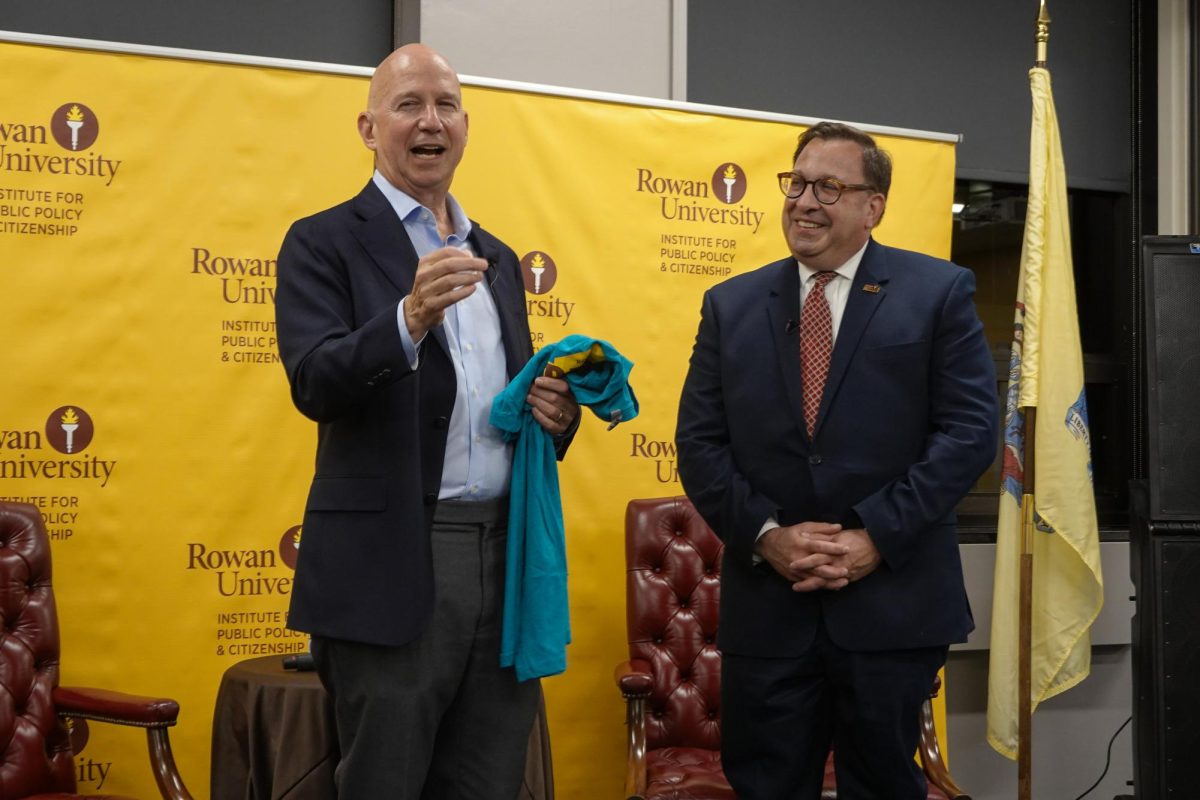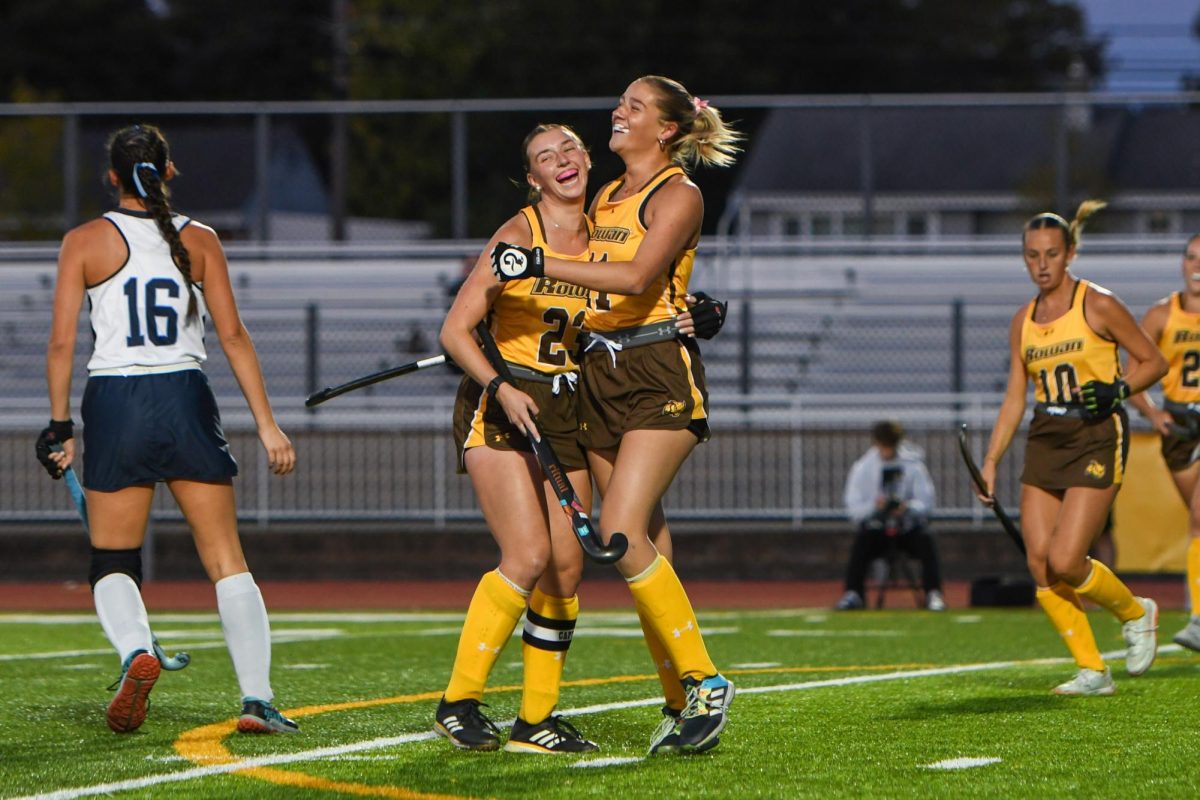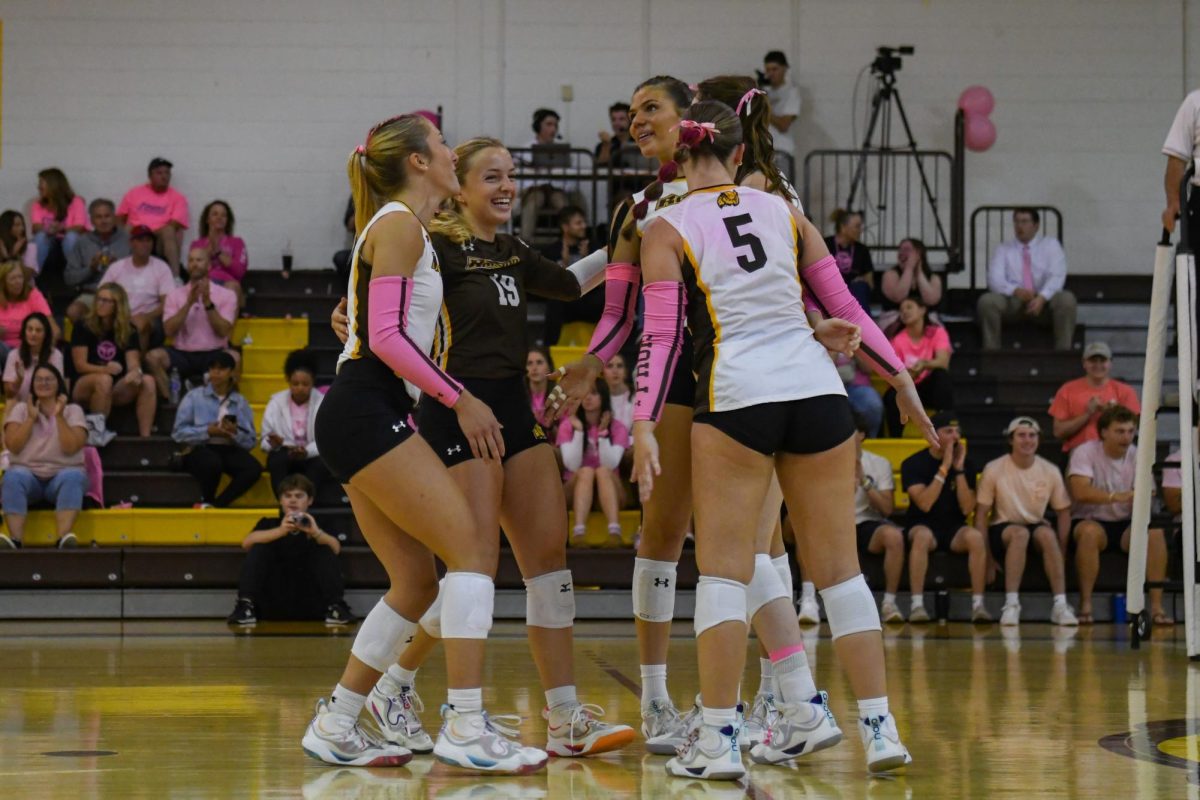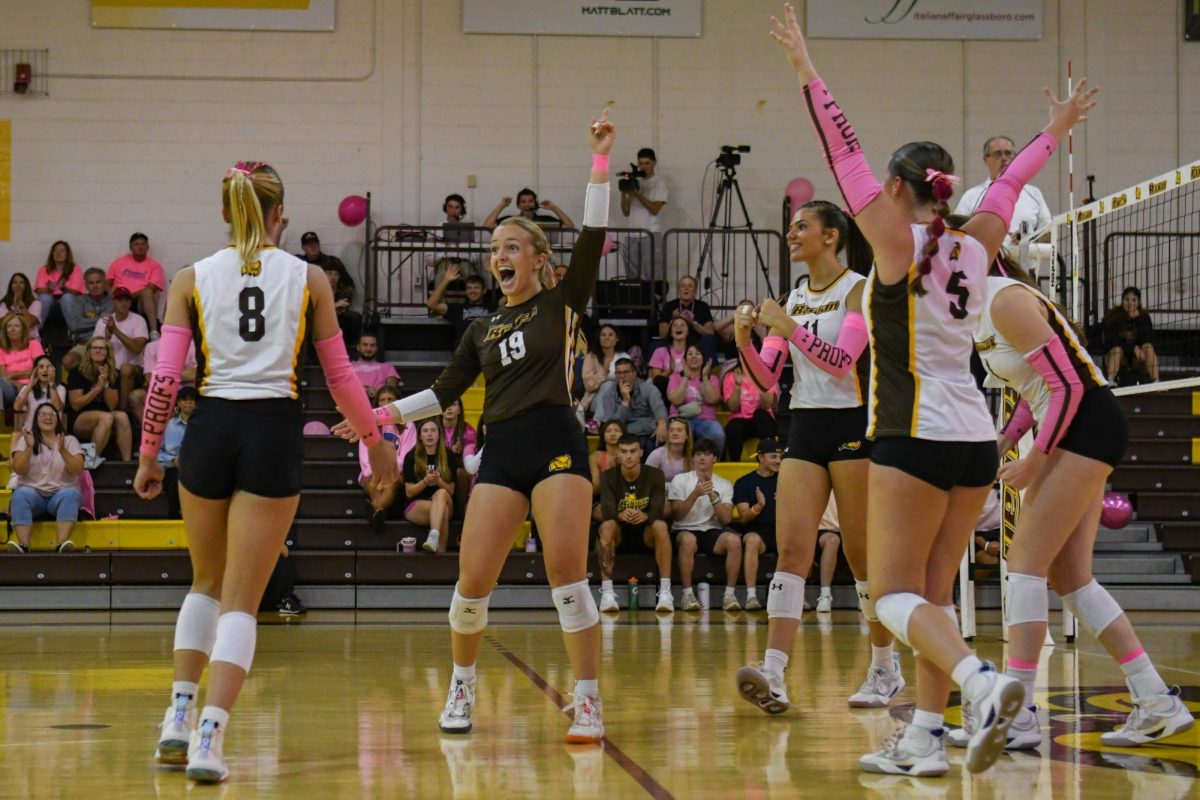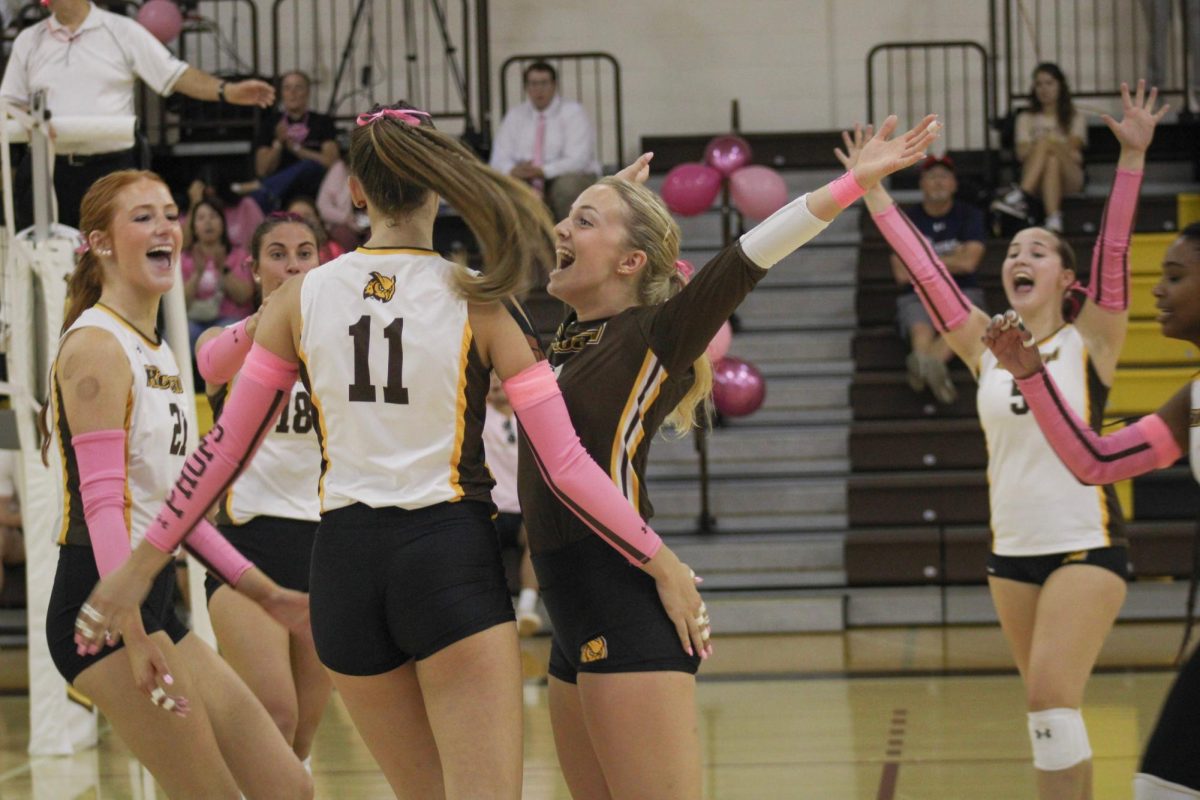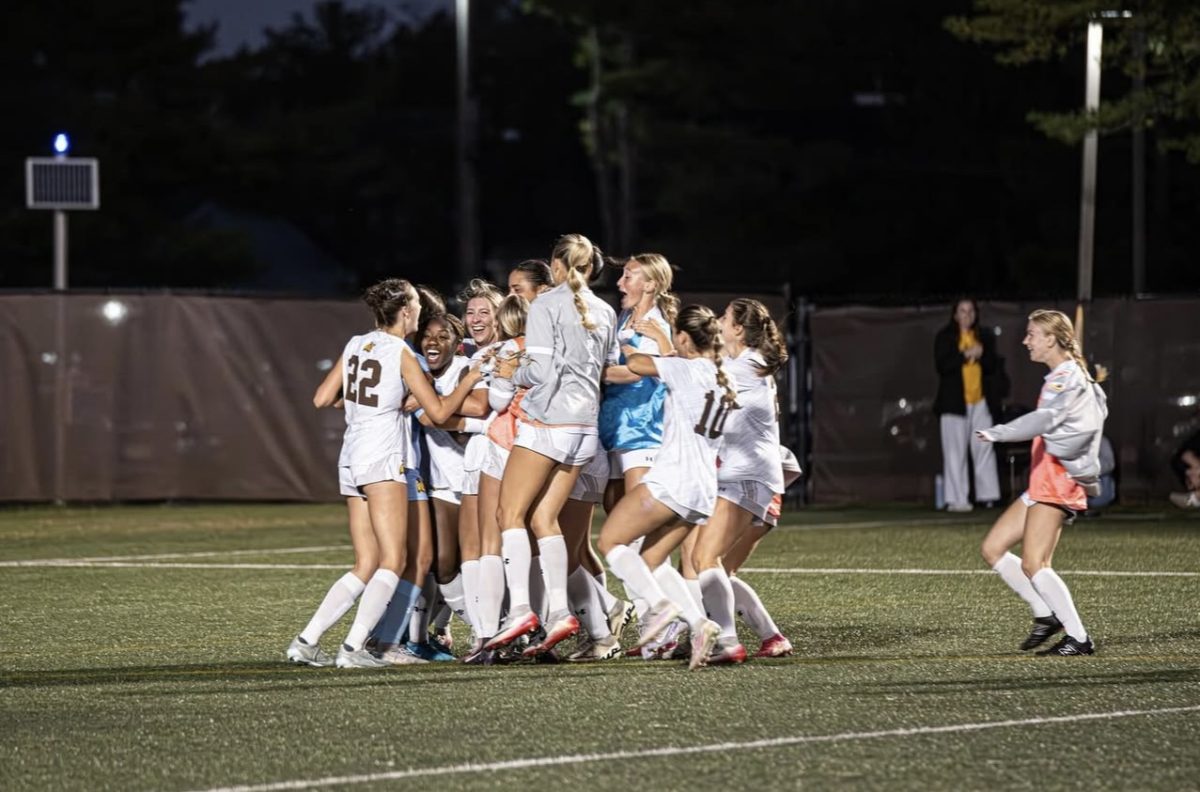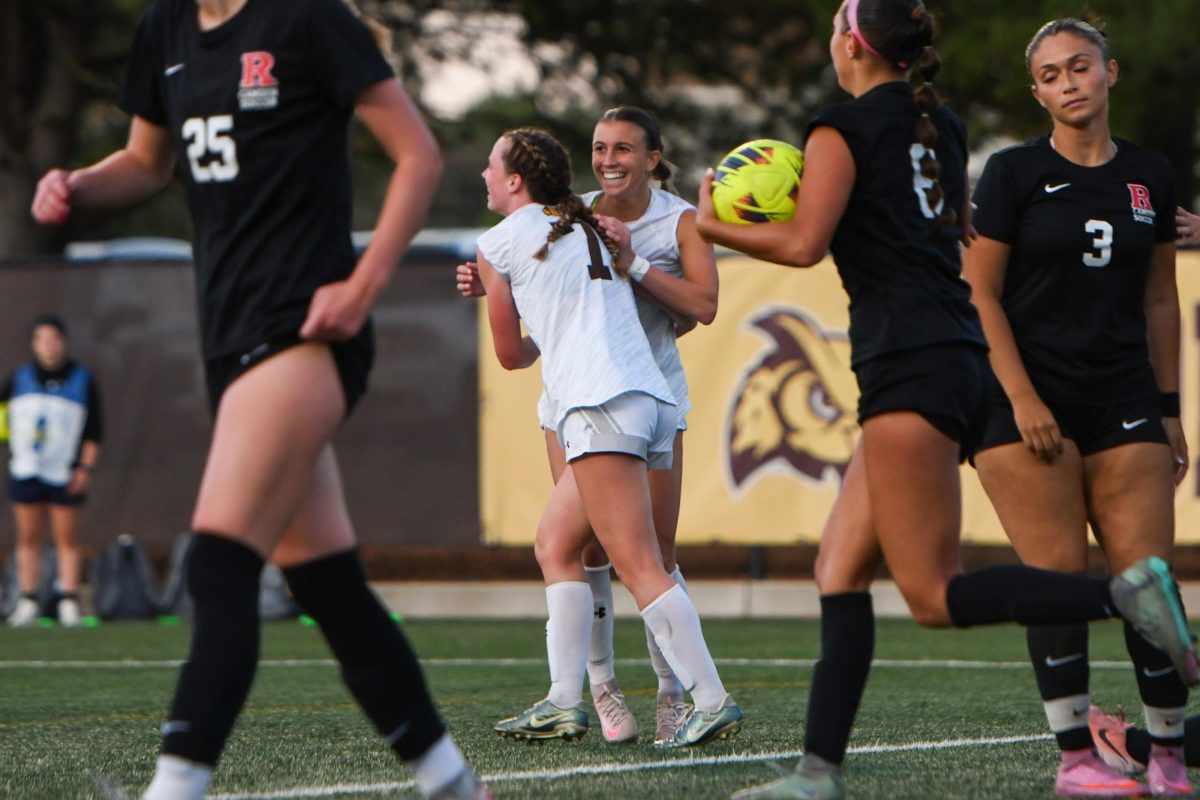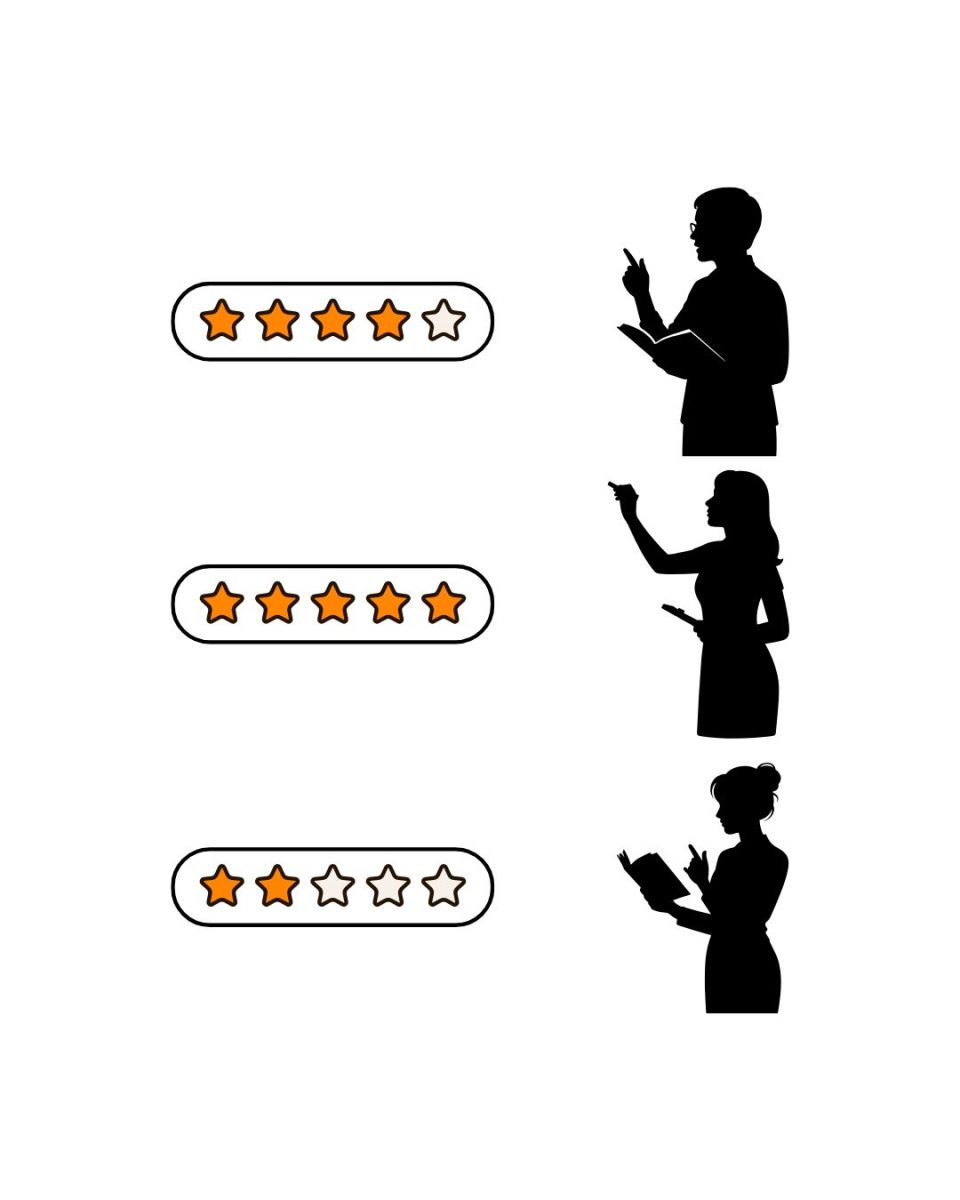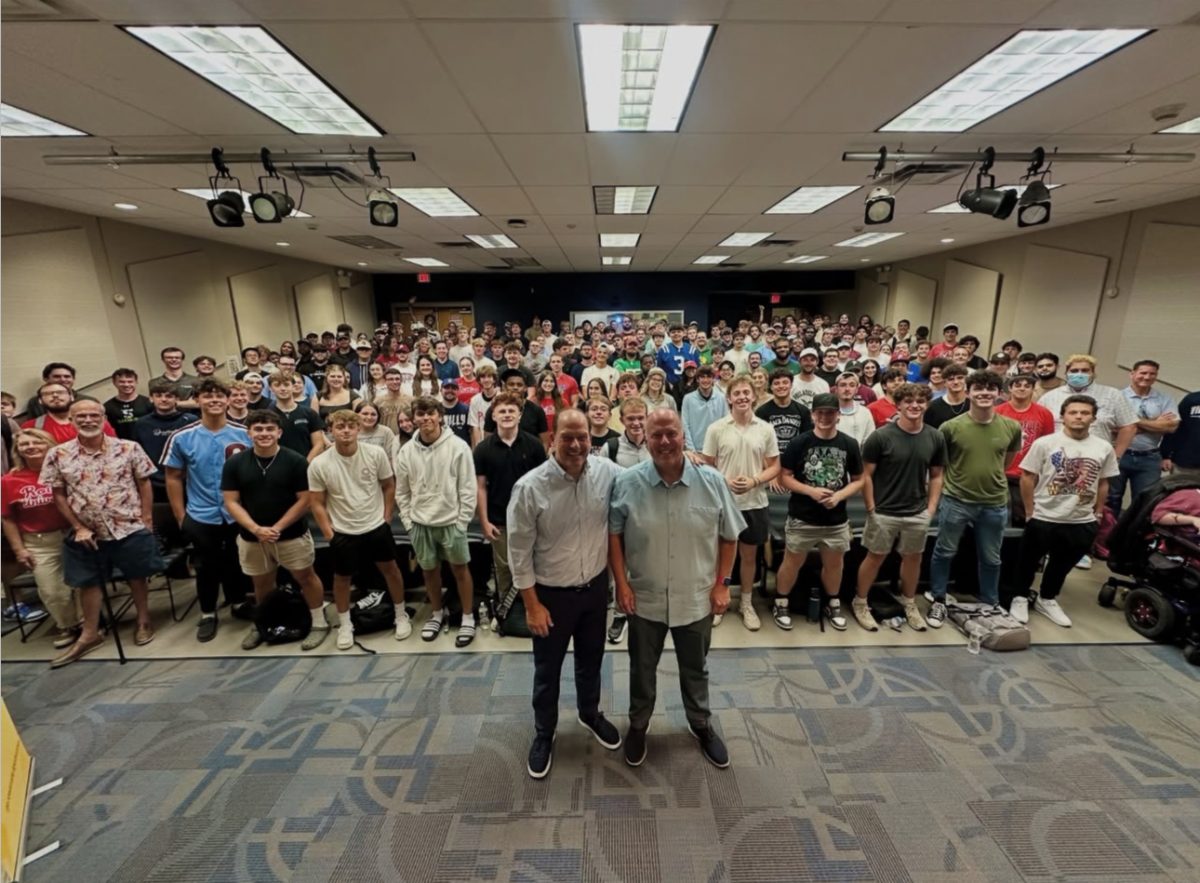Since the start of the 2022-2023 school year at Rowan University, there have been 21 emergency alerts sent via text message and email to those subscribed with the Emergency Mass Notification System.
While the messages serve to inform and keep those on campus safe, many feel the alerts are far too vague and lack a comfortable level of transparency.
“I think they give a good title to what happened, but I always feel as though there could be more detail. Like when it happened, if that area is good to go back to now because a lot of stuff happens on Rowan Boulevard and I have to come to work. So if you get it at 6, is it good when I’m leaving at 9?” said Grace Mulligan, a junior at Rowan.
The Emergency Mass Notification System at Rowan University communicates with students and employees via email, cell phone and social media when there is a campus emergency which falls under three different categories.
According to the Rowan University Annual Security and Fire Safety Report 2022, there are three different alerts. The Rowan Alert is used for University Emergency (Immediate) Notifications, Timely Warnings are used for incidents that represent a serious or continuing threat along with offenses covered under the Clery Act and the Rowan Advisory is used for non-emergencies, including campus closures, power outages, etc.
The Clery Act requires all colleges and universities who receive federal funding to share information about crime on campus in their efforts to improve campus safety, as well as inform the public of crime in or around university facilities.
The annual report also describes the roles and responsibilities of the individuals in charge of issuing an Emergency Notification or Timely Warning.
Vice President of University Relations and University spokesperson Joe Cardona is listed as responsible for carrying out the Timely Warning notification process.
“The way the system works is that we’re supposed to get it out as quickly as we can. Now sometimes that ‘quickly as you can,’ it causes issues when we don’t have a lot of information. So ‘shots fired, stay away from XYZ street’ and that’s all we have. And people will be like ‘Oh my God, give me more information’ and we don’t have any more information other than shots fired,” Cardona said. “It may be a day later, a week later, two weeks later and we are just telling you as soon as we find out.”
A lot of Timely Warnings deal with sexual assault, as it is common that victims might not immediately disclose being assaulted. With any traumatic experience, it can take time for a victim of sexual assault to not only process what happened to them, but also to share that information with others.
While there is a process in place to get the alerts out, human error is still a factor as the different alerts can be misused or confusing.
In the case of the Timely Warning that was sent out last Friday, Jan. 20, for shots fired on Carpenter St, under the definition set forth by the university a Rowan alert should have been issued instead of a Timely Warning.
“The offices of emergency management, every time there is a message sent out, they go back and take a look at it and it may end up in the report differently, because they’ll go back and be like, ‘Ah shoot, that was really a Rowan alert. Then they will categorize it correctly,” Cardona said.
Rowan’s dispatch center has multiple prewritten emergency templates that are sent out while police head to the scene. Then, the person at the center will fill in the template with information such as the crime reported and the location of where it happened.
Anything that occurs off campus falls under the jurisdiction of Glassboro, meaning the university cannot share information that could potentially jeopardize the town’s investigation. In an open investigation, there is only so much information that can be publicly shared, which lends itself to the vagueness of the messages.
While there is only so much information available that the university can share, having to follow up alerts, even with repetitive details, can go a long way in making people feel they’re being kept up to date with campus safety.
“I don’t care if I get four [notifications]. I just want to know everything is good and safe to go back to,” Mulligan said.
Since the start of the school year, Holly Pointe has had a security issue with letting unauthorized students and non-students into the building. This has raised concerns about the university’s ability to protect students living in on-campus housing.
First-year college students normally have to worry about managing class loads and fitting in socially, not going to sleep scared because they’re not sure who is roaming the hallways.
“We had this guy one night at 3 a.m. sitting right outside our doors. Just sitting there asking for a phone charger. I asked, ‘Do you go here?’ and he answered ‘No.’ After that I just shut the door and apparently he was out there all night,” said Brooke Schweiger, a freshman elementary education and literacy studies double major.
When it comes to bolstering security at Holly Pointe, Cardona and others in decision-making roles walk the tightrope of attempting to keep everyone safe while not making students feel they are being restricted.
“That’s one of the biggest challenges for a university the size of ours. In cities, they usually have a single entrance to buildings, so when you go to Drexel, Temple and Penn those buildings were built in a way with a limited number of entrances. So the question for us is how far do we go and there might come a day that there might need to be that really big restrictive move,” Cardona said. “We’ve been fortunate that all major incidents that have happened over there were caught on camera and we can track students all throughout the building and know exactly where they went and what time they visited by going through which doors.”
The Department of Public Safety Dispatch Center, which is a 24-hour operation, was contacted for comment and did not respond.
For comments/questions about this story tweet @TheWhitOnline or email [email protected]



